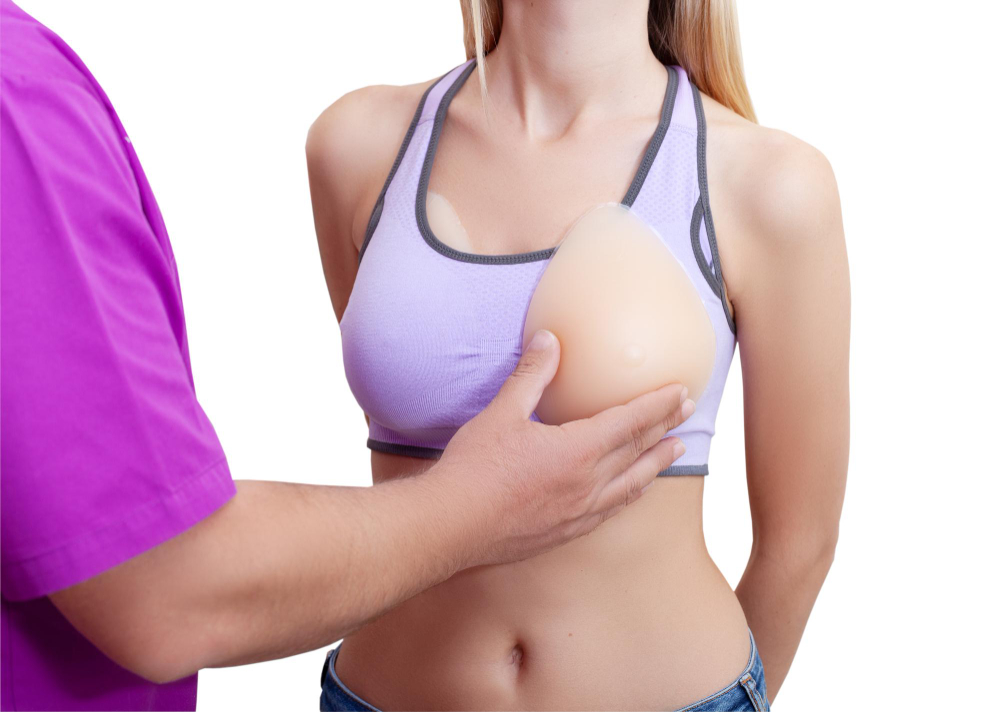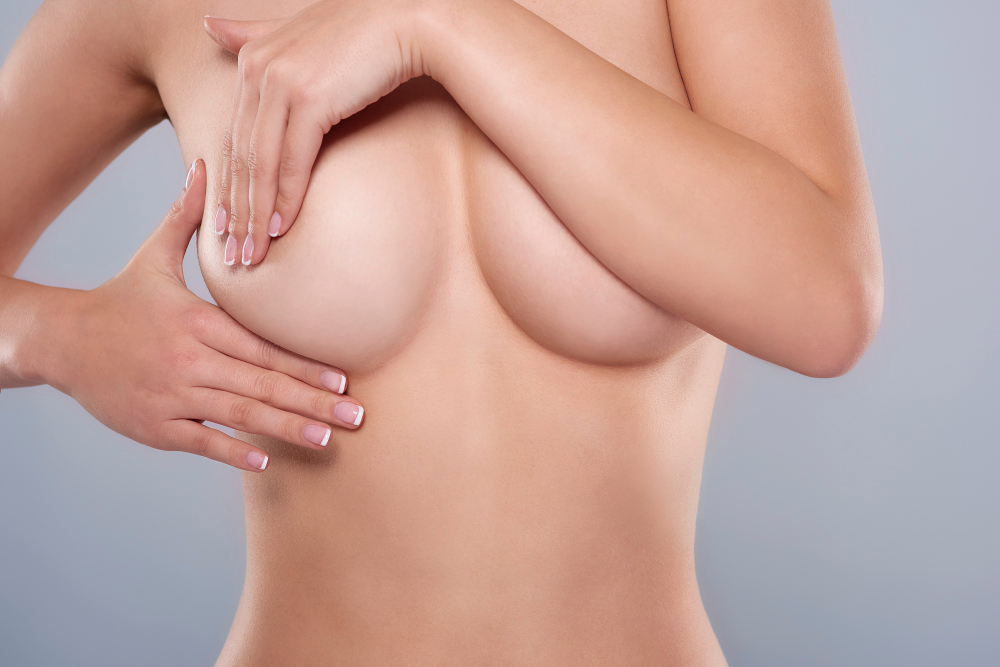Breast augmentation remains one of the most popular cosmetic procedures with two common options: implant placement and fat transfer. For many women, there may be several different reasons why they are considering breast augmentation. Here are just some of the most common reasons why women pick breast augmentation.
While many patients choose an implant for their breast augmentation, newer techniques and natural options are now available. Fat grafting or fat transfer is growing as an exciting and natural option for small breast augmentation.


To insert the breast implant, your cosmetic surgeon will make a single cut (incision) in one of three places:
After making an incision, the surgeon will separate your breast tissue from the muscles and connective tissue of your chest. This creates a pocket either behind or in front of the outermost muscle of the chest wall (pectoral muscle). The surgeon will insert the implant into this pocket and center it behind your nipple.
You may choose from one of two types of implants: saline or silicone. Saline implants are inserted empty and then filled with sterile salt water once they’re in place. Silicone implants are pre-filled with silicone gel.
When the implant is in place, the surgeon will close the incision.
Breast augmentation can change the size and shape of your breasts. The surgery might improve your body image and self-esteem. But keep your expectations realistic. Also, your breasts will continue to age after augmentation. Weight gain or weight loss might change the way your breasts look, too. If you become dissatisfied with the appearance of your breasts, you might need more surgery to correct these issues.
There are two basic types of breast implants: saline and silicone gel.
Saline-filled implants are silicone shells filled with sterile salt water (saline). Some are pre-filled and others are filled during the implant operation.
Silicone gel-filled implants are silicone shells filled with plastic gel (silicone). Although many women say that silicone gel implants feel more like real breasts than saline, they pose more of a risk if they leak.
Both saline and silicone come in different sizes and have either smooth or textured shells. Each has its own pros and cons, so it is a matter of preference.
Soreness and swelling are likely for a few weeks after surgery. Bruising is possible, too. Expect scars to fade over time but not disappear completely.
While you’re healing, it might help to wear a compression bandage or sports bra for extra support and positioning of the breast implants. Your surgeon might prescribe pain medication as well.
Follow your surgeon’s instructions about returning to regular activities. If you don’t have a physically demanding job, you might be able to return to work within a few weeks. Avoid strenuous activities — anything that could raise your pulse or blood pressure — for at least two weeks. While you’re healing, remember that your breasts will be sensitive to physical contact or jarring movements.
If you notice warmth and redness in your breast or you have a fever, you might have an infection. Contact your surgeon as soon as possible. Also, contact your surgeon if you have shortness of breath or chest pain.
Because fat grafting uses fat from the patient’s own body for breast augmentation there is less chance for rejection. This means that the procedure is open to many candidates. It can be especially useful for people unsatisfied with their breasts who also have excess fat and would like to avoid the risks of breast implants.
Before breast enhancement with fat transfer, you will meet with Dr. Yuan for consultation. He will discuss your medical history and goals for the procedure.
The procedure begins with harvesting fat from your body, either from one location or multiple. If one area has a particularly large amount of excess fat, that might serve as the only harvest site. Body areas that are good as donor site include
In general, each surgery can increase your breasts by one cup size. Depending on your condition, the total fat transfer could be between 200 cc to 400 cc. Any enlargement beyond that would usually require additional procedures.
Fat grafting can last longer than traditional implants. It does not need replacement over time. Whatever growth remains after about three or four months after surgery will become permanent.

Complications are rare with fat grafting, but those that can occur include:
The American Society of Plastic Surgery has determined that structural fat grafting to the breast is safe and does not lead to a higher rate of breast cancer. There also is no evidence that fat grafting to the breast makes it more difficult to detect breast cancer.
Breast augmentation can improve the size and shape of breasts and correct asymmetry.
Structural fat grafting specifically can lift sagging breasts, improve the shape, and even cover up existing implants.
Other benefits of fat grafting for breast augmentation include:
Ideal candidates for breast augmentation with fat transfer:
It’s important to understand that there are limitations to the increase in breast size that can be achieved using fat transfer. If you are looking for a significant change in the size of your breasts, implants may be a better option.
Your recovery from structural fat grafting depends mainly on how many donors sites your doctor used for fat. You will likely experience bruising and swelling in those areas. Your breasts may be bruised and swollen, but in most cases, you’ll experience little or no pain. Soreness can last for approximately two weeks after the surgery, paresthesia may last several months before gradually returning to normal sensation.
You may be able to return to work in about a week. Most bruising and swelling should go away within about three weeks, but minor swelling can linger for up to six months.
You are encouraged to walk beginning the day after surgery and can return to light exercise in two weeks unless the procedure is done with fat grafting to another area. You can wear a soft supportive bra during the postoperative period.
Traditionally, breast augmentation is performed with saline or silicone breast implants. This method delivers beautiful results that enhance the size and shape of your breasts. To a certain extent, you can decide the size of your breasts after the surgery. You also avoid the discomfort in the area where fat is harvested. But there are some downsides for breast augmentation with implants
Breast augmentation with fat transfer eliminates these issues. Fat transfer provides permanent results that don’t require a revision procedure down the road. Many of the complications associated with breast implants are avoided by using a fat graft. In the process, you can also remove the unwanted fat from other areas and use it as a graft for augmentation. In addition, because you are using a natural enhancement method, your new breasts will look and feel natural. The potential downside of fat transfer include:
If you are interested in breast augmentation or have further questions, please feel free to contact our office.

Breast augmentation poses various risks, including:
Correcting these complications might require more surgery, to either remove or replace the implants.

Copyright © 2023 Sean Yuan, MD | Cosmetic Websites by O360®
Copyright © 2021 Sean Yuan, MD | Cosmetic Websites by O360® | Privacy Policy | Terms of Use | Disclaimer | Web Accessibility Statement